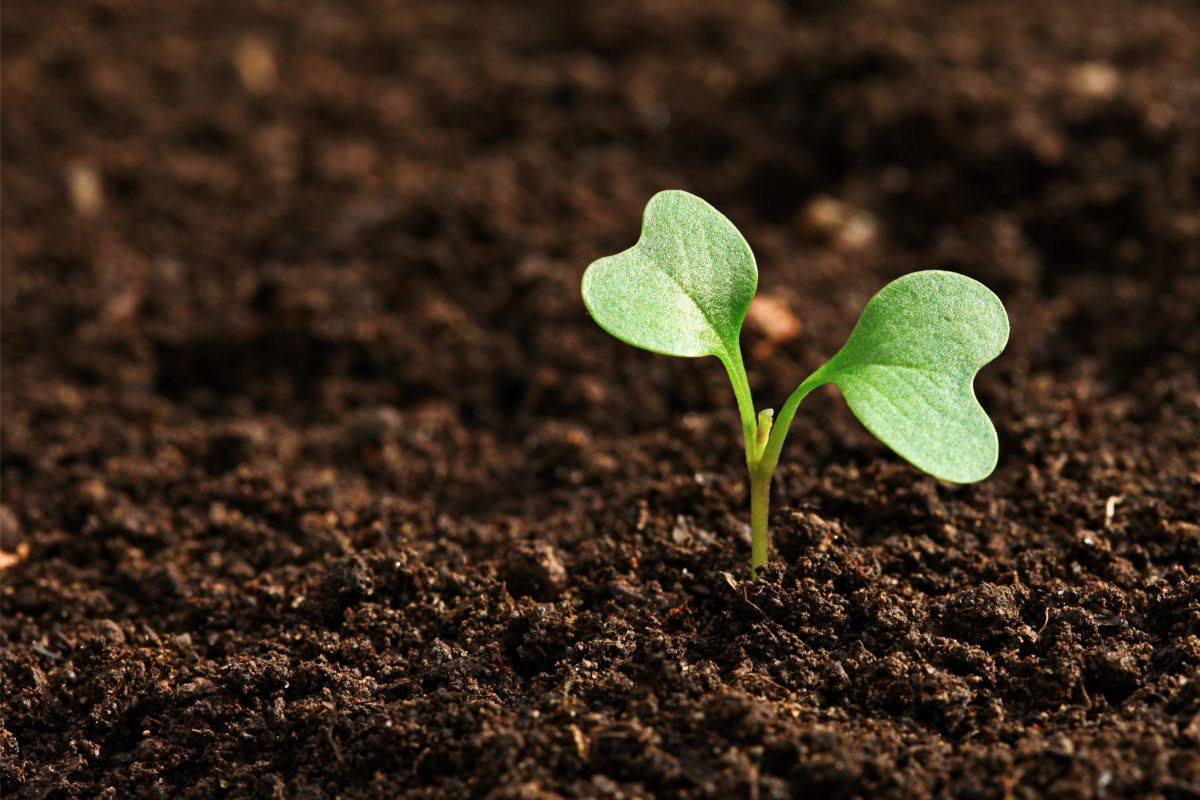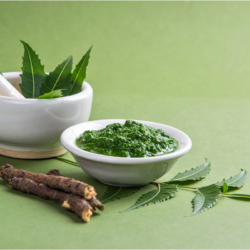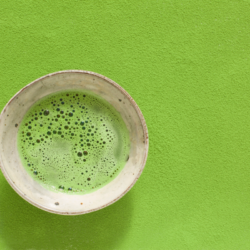Soil is a vital part of our environment and is essential for agriculture, food production, construction and other human activities. Unfortunately, toxic contaminants from industry, agriculture, landfill sites and other sources often pollute soils. Fortunately, some plants have the ability to clean up soils by absorbing and metabolising these toxic contaminants. In this article, we explore the different mechanisms that these plants use to clean up soils and how we can use them to restore contaminated soils.
Introduction
Soils can be polluted by a variety of contaminants, such as heavy metals, industrial chemicals, pesticides, organic waste and petroleum products. These contaminants can affect the quality of water, air and food, and have adverse effects on human health and the environment. Plants can play an important role in cleaning up contaminated soil by absorbing contaminants from the soil and metabolising them in their tissues. Some plants are particularly effective at depolluting soils, which can help restore soil quality and reduce risks to human health and the environment.
How do plants clean up soil pollution?
Plants have several mechanisms for cleaning up soil pollution. Firstly, they can absorb contaminants from the soil and store them in their tissues. Plant roots are particularly effective at absorbing heavy metals and other toxic contaminants from the soil. The aerial parts of the plant actively transport the absorbed contaminants to the leaves, stems and flowers for storage, a process known as phytoextraction.
Another method that plants use to clean up soil is rhizodegradation. In fact, plant roots produce enzymes that can break down organic contaminants in the soil. These enzymes can break down toxic chemicals into less harmful compounds, which plants can use as a source of energy. Experts often use this process to clean up soil contaminated by petroleum products.
Finally, some plants can clean up soil pollution by absorbing contaminants from the soil and volatilising them into the air in a process called phytovolatilisation. Plants absorb toxic contaminants from the soil and transport them to their leaves, where they are converted into gases. These gases can then be released into the atmosphere, where they decompose naturally.
The most effective depolluting plants
However, not all plants are capable of effectively depolluting soils. Some plants are more effective than others, depending on the types of contaminants present in the soil.
Some plants are particularly effective at cleaning up soil contaminated by heavy metals such as lead, cadmium and zinc. In fact, they are known as hyperaccumulators, plants that are capable of phytoextracting contaminants from the soil. One of the best known isnickel grass (Alyssum murale). It is capable of absorbing large quantities of nickel from the soil. Other plants include eagle fern (Pteridium aquilinum) andbristly cottongrass(Alyssum murale)
Other plants are more effective at cleaning up soil contaminated by organic contaminants, such as pesticides and petroleum products. These include sunflowers (Helianthus annuus), which are capable of breaking down petroleum hydrocarbons in the soil, and alfalfa (Medicago sativa), which is effective at breaking down pesticides in the soil.
Certain medicinal plants can also be useful for soil decontamination. These plants have properties that enable them toabsorb and metabolise soil contaminants. For example,artichoke(Cynara scolymus) is known for its detoxifying properties and can absorb heavy metals such as lead and cadmium. Similarly, nettle (Urtica dioica) is effective at absorbing nitrates and heavy metals. However, it’s important to note that not all medicinal plants are effective at depolluting soils, and some can even be dangerous if grown on contaminated soils. It is therefore crucial to select the right plants for phytoremediation based on the types of contaminants present in the soil.
Use of depolluting plants
In fact, depolluting plants can be used to restore contaminated soils as part of phytoremediation. Phytoremediation is a soil decontamination process that uses plants to absorb contaminants from the soil. This method is often less costly and more environmentally friendly than traditional methods. For example, the removal and treatment of contaminated soil.
Phytoremediation involves using depolluting plants in a variety of ways. For example, plants can be grown on contaminated sites to absorb contaminants from the soil. Once the plants have absorbed the contaminants, they can be harvested and disposed of. This method is known as phytoextraction.
Depolluting plants can also be used to break down organic contaminants in the soil. Plant roots produce enzymes that can break down toxic chemicals in the soil. This method is often used to clean up soil contaminated by petroleum products.
Finally, depolluting plants can be used to stabilise contaminants in the soil. Plants absorb contaminants from the soil and store them in their tissues. This reduces the quantity of contaminants available in the soil. This method is known as phytostabilisation.
Conclusion
Finally, plants can play an important role in cleaning up contaminated soil. Some plants are particularly effective at absorbing heavy metals, pesticides and petroleum products from the soil. This can help restore soil quality. In this way, the risks to human health and the environment can be reduced. Phytoremediation is an environmentally friendly and cost-effective method of cleaning up soil and restoring it to its natural state.
FAQ
- Can all plants clean up soil pollution? No. Not all plants are capable of effectively cleaning up soil pollution. Some plants are more effective than others, depending on the type of contaminant present in the soil.
- Is phytoremediation an effective method of soil decontamination? Yes, phytoremediation is in fact an effective method of soil decontamination. What’s more, it is often less costly and more environmentally friendly than traditional methods.
- How are depolluting plants disposed of once they have absorbed contaminants from the soil? Once the soil contaminants have been absorbed, the plants can be harvested and disposed of safely.
- Can phytoremediation be used to clean up soil contaminated by petroleum products? Yes, some plants, such as sunflowers, are capable of degrading petroleum hydrocarbons in the soil.







